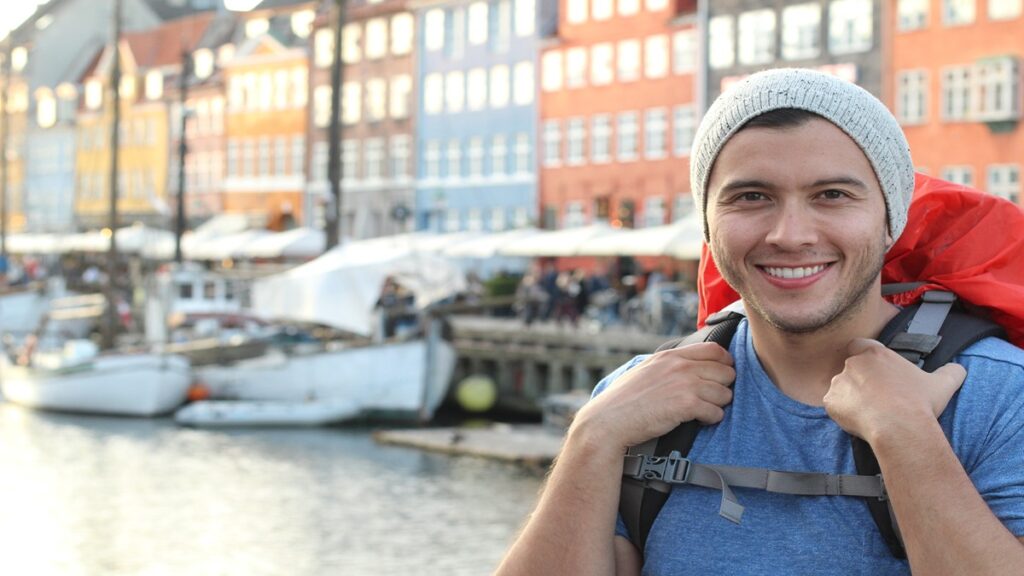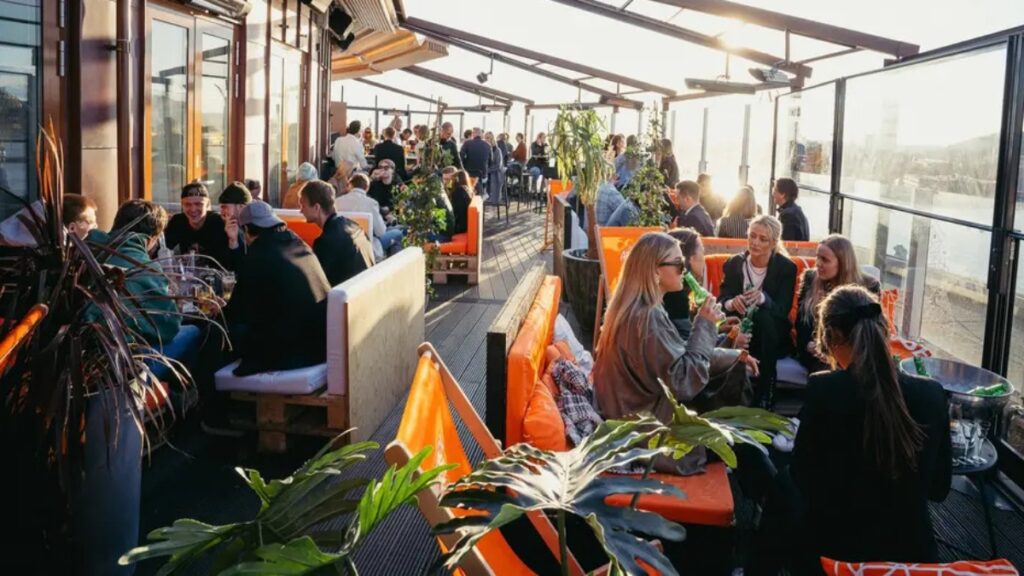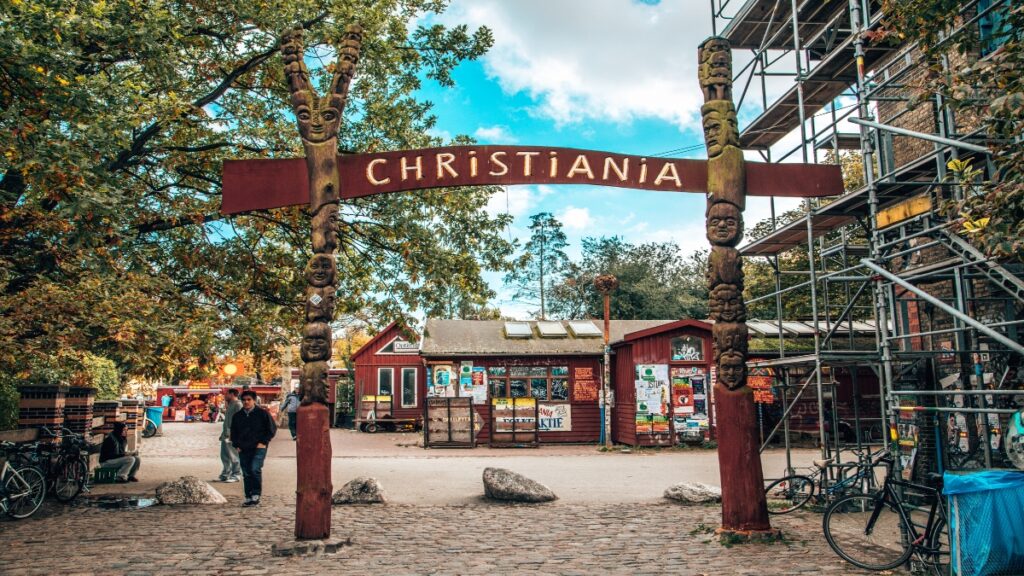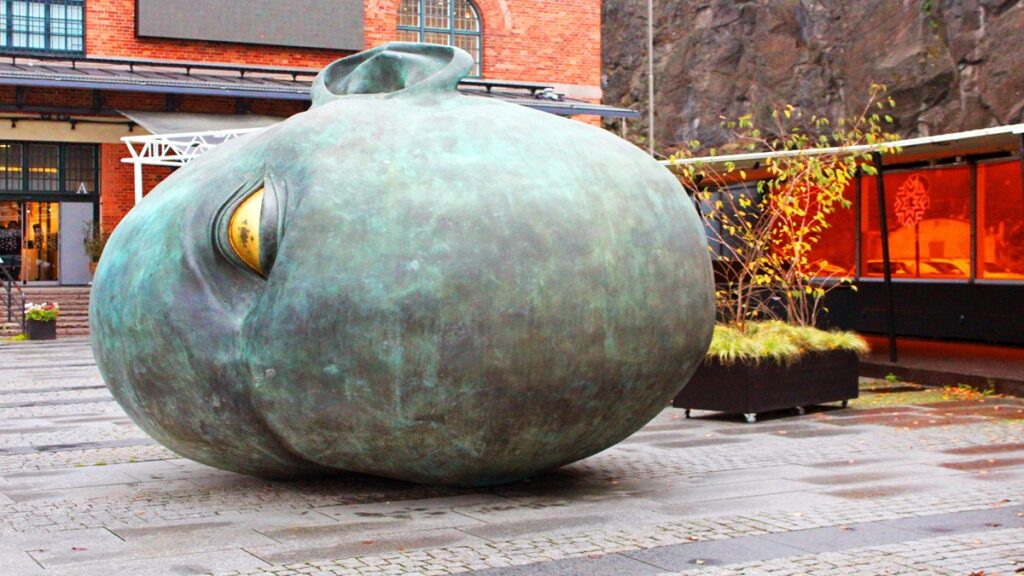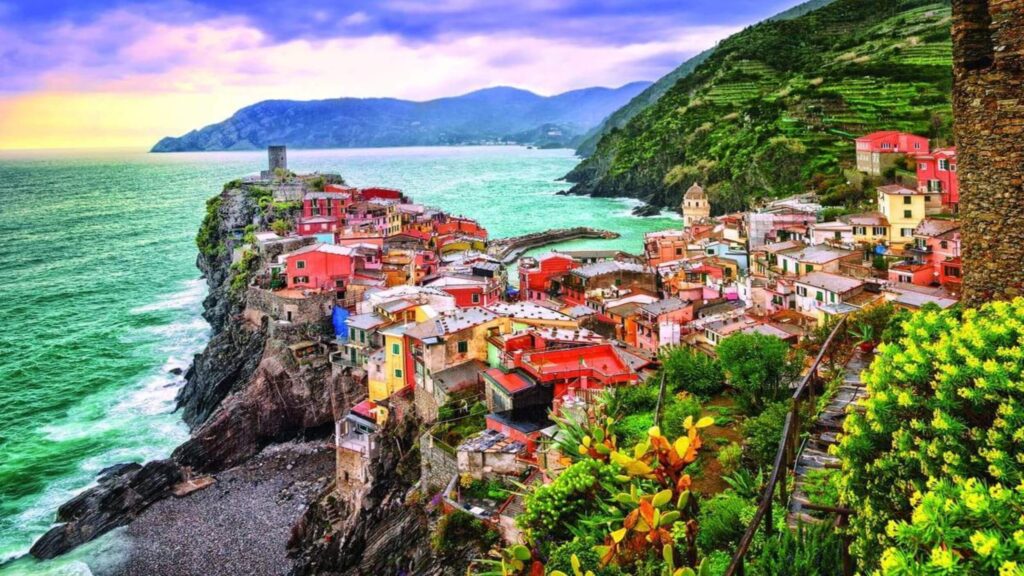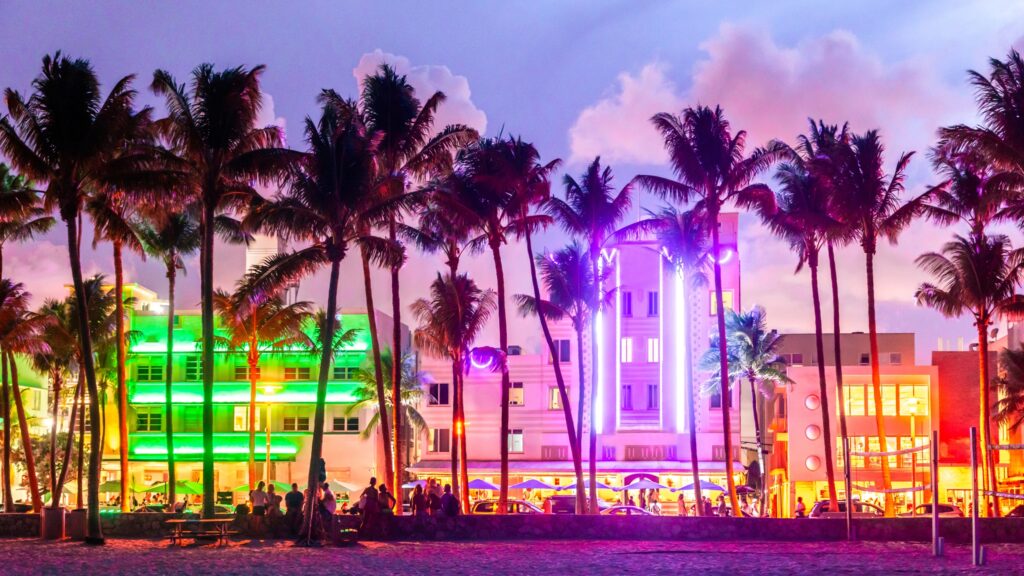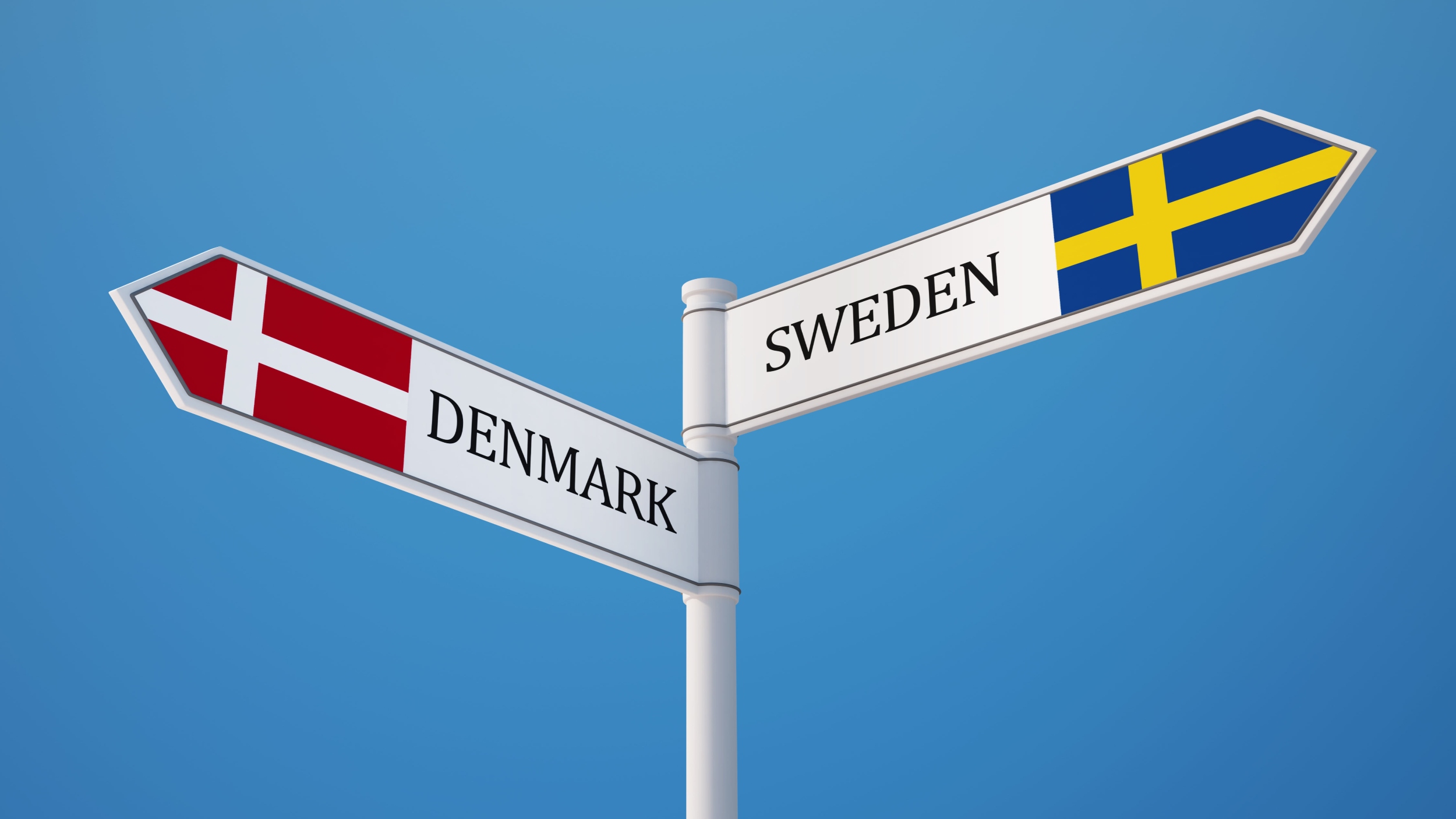
Denmark vs Sweden: Complete Nordic Travel Guide
Cultural Landscapes shape the heart of Copenhagen, where ancient cobblestones tell tales of maritime history across centuries of development. Though Denmark vs Sweden offers distinct travel experiences, each nation preserves its unique heritage with careful attention to detail. Most important, these Nordic kingdoms maintain their individual character through architecture and living traditions.
Exploring Nordic Capital Cities
Top tip: Visit Copenhagen’s Nyhavn district during sunrise for the best photos.
Royal Heritage thrives in the streets of Stockholm. Where palace guards still march in ceremonial splendor beneath centuries-old towers and spires. Certainly, exploring both Scandinavian kingdoms reveals contrasting approaches to preserving royal traditions and cultural heritage. In contrast, Swedish royal customs reflect a more reserved Nordic elegance and dignity.
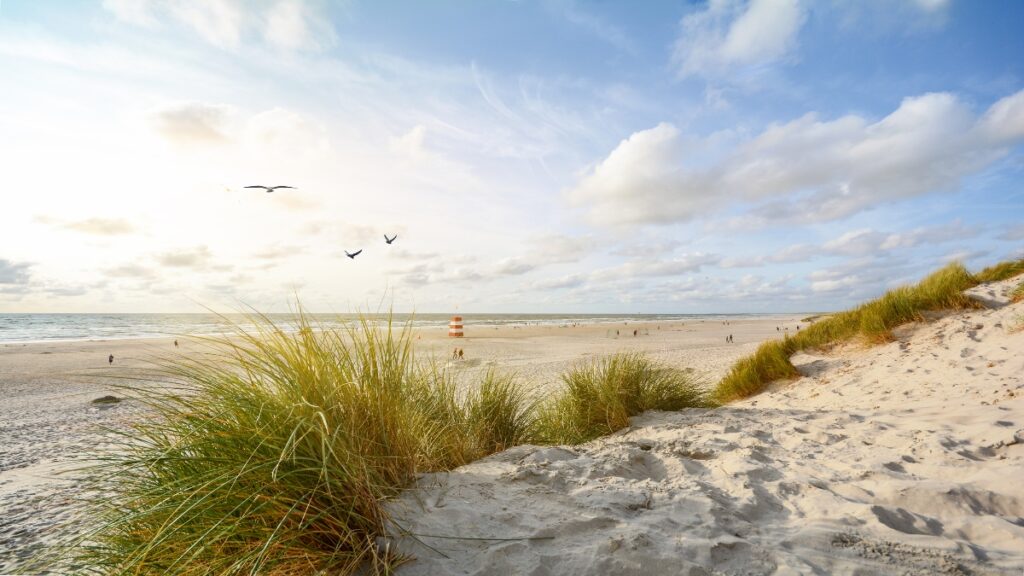
Discovering Scandinavian Traditions
Place of interest: The Royal Palace in Stockholm offers guided tours.
Historic Districts draw visitors to Malmö, where medieval squares host modern cafes and shops among preserved Gothic architecture. While time changes many things, ancient buildings stand proud against modern skylines in this vibrant coastal city. Therefore, each city quarter tells its own unique story of urban development.
Local attraction: Visit Malmö’s Turning Torso tower at sunset.
Maritime Culture lives on in Helsingør, where ships still pass through historic waters that once controlled Baltic trade routes. Additionally, these coastal regions maintain centuries-old connections across the strait between ancient kingdoms. At the same time, modern bridges now unite these ancient Nordic kingdoms in new ways.
Local activity: Take a ferry between Helsingør and Helsingborg.

Scandinavian Nightlife: Denmark vs Sweden After Dark
Twilight Activities light up the streets of Stockholm as night falls over the old town. While these neighboring Nordic countries show two ways to enjoy evenings, each city comes alive after dark. Most important, these capitals keep their own style of fun going through the night.
Nordic Nightlife Experiences
Top tip: Visit Stockholm’s Södermalm district for authentic local nightlife.
Cultural Venues fill the nights in Copenhagen. Where old buildings now host new music and art shows in historic quarters. Indeed, the arts scene thrives in unique ways across the Nordic capitals. In comparison, each city crafts its own approach to modern nightlife and entertainment.
Denmark vs Sweden Nightlife Experience
Place of interest: Experience live jazz at Copenhagen’s La Fontaine.
Entertainment Districts buzz in Malmö, where student areas pulse with young energy and fresh ideas. Therefore local spots create special feelings that mix old and new ways. Additionally, these places draw people from all over the Nordic lands.
Local attraction: Visit Malmö’s Möllevången quarter for alternative culture.
Night Markets wake up Gothenburg’s evening streets, where food stands serve Nordic treats. Though both lands try new things, especially these markets keep old customs alive. At the same time, each city adds its own touch to night fun.
Local activity: Join the evening food tours in Gothenburg’s Haga district.
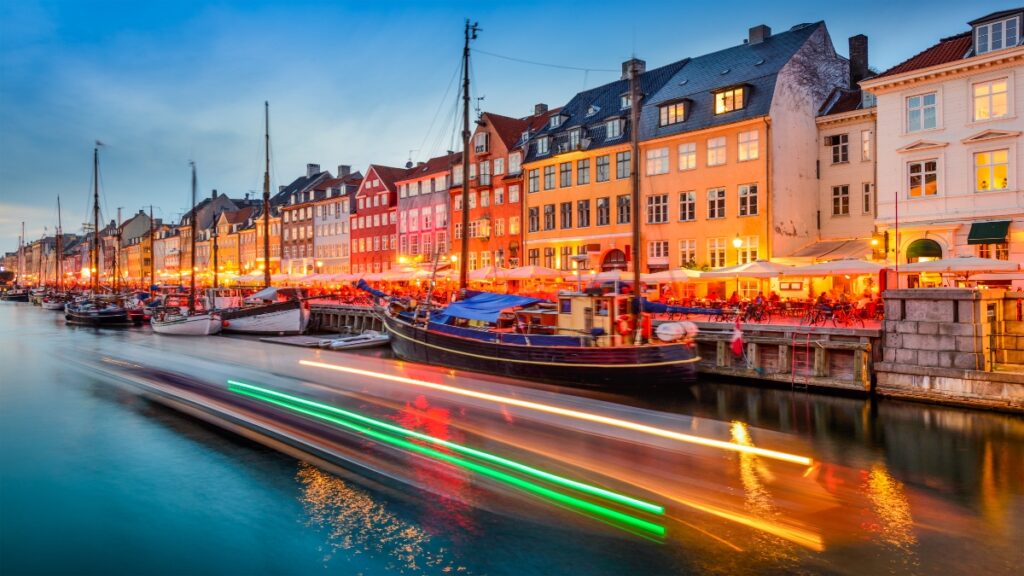
Cultural Landmarks: Denmark vs Sweden Capitals
Urban Landscapes paint stories across Christianshavn, where canals mirror ancient spires and modern life. Though these Nordic neighbors offer different views of city living, particularly each capital keeps its own special style. Most important, these cities show how old and new can live side by side.
Nordic Urban Heritage
Top tip: Try the Copenhagen city walks that start from City Hall Square.
Time-honoured Traditions shape life in Nyhavn, where rainbow-colored houses tell tales from seafaring days. While these Scandinavian countries show two paths to keeping history alive, even so each street holds its own special stories. In addition, modern cafes bring fresh life to old stones.
Denmark vs Sweden Heritage
Place of interest: Visit Copenhagen’s Round Tower for city views.
Medieval Streets wind through Gamla Stan, where cobblestones echo with centuries of footsteps. Therefore ancient buildings keep their secrets while welcoming new visitors. At the same time, each corner reveals another piece of Nordic history.
Local attraction: Experience the changing of the guard at Amalienborg Palace.
City Planning differs between Helsingborg and Roskilde, where each shows its own take on modern growth. Such as Denmark vs Sweden builds on old foundations in different ways. For example, bike lanes and car-free zones shape today’s city life.
Local activity: Join a guided bike tour of Copenhagen’s historic center.

Historic Sites: Denmark vs Sweden Heritage Tour
Ancient Pathways lead visitors through Helsingør, where castle towers watch over strategic waters. Though these neighboring kingdoms show different ways of keeping royal history, each nation guards its medieval treasures with pride. Most important, these landmarks tell stories of shared Nordic heritage.
Denmark vs Sweden Royal History
Top tip: Buy a combined ticket for Kronborg and Frederiksborg castles.
Majestic Fortresses stand proud in Uppsala, where Swedish kings once ruled from hilltop seats. While Denmark vs Sweden takes different paths to preserve old stones, certainly each castle holds its own special tales. In addition, modern guides bring past times to life.
Medieval Nordic Heritage
Place of interest: Visit Kronborg Castle, home of Shakespeare’s Hamlet.
Time-worn Stones speak of royal power in Kalmar, where three kingdoms once joined as one. Therefore ancient halls keep their secrets through careful restoration work. At the same time, each room reveals new chapters of Nordic history.
Local attraction: See the famous Kalmar Union Room.
Royal Collections shine in Frederiksborg, where gilt rooms display centuries of Nordic art. Such as Denmark vs Sweden shows its past through different royal treasures. For example, each palace adds its own piece to the royal story.
Local activity: Join the medieval banquet nights at Frederiksborg Palace.
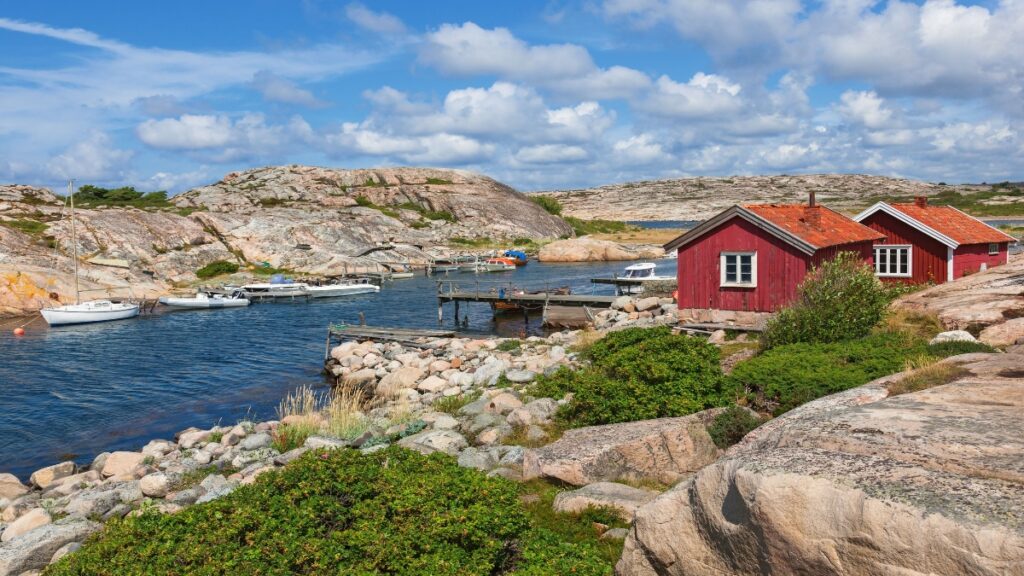
Nordic Adventures: Denmark vs Sweden Outdoors
Natural Wonders greet visitors at Thy National Park, where wild dunes meet the North Sea. Though Denmark vs Sweden shapes outdoor life in different ways, each land keeps its nature pure and free. Most important, these places let people enjoy the Nordic wild.
Exploring Nordic Landscapes
Top tip: Visit Thy’s dunes during spring for rare orchid blooms.
Wild Spaces stretch across Swedish Lapland, where pine forests touch the Arctic sky. While Denmark vs Sweden shows two sides of nature’s beauty, certainly each path leads to new views. In addition, local guides help find hidden treasures.

Discovering Denmark vs Sweden Nature
Place of interest: Experience the midnight sun at Abisko National Park.
Coastal Life thrives in Mols Bjerge, where hills roll down to meet clean beaches and ancient glacial formations. Therefore every season brings fresh ways to enjoy these spaces along Denmark’s most diverse natural park. At the same time, each park tells its own story of Nordic nature through marked trails and protected habitats.
Local attraction: Walk the ancient Viking paths in Mols Bjerge.
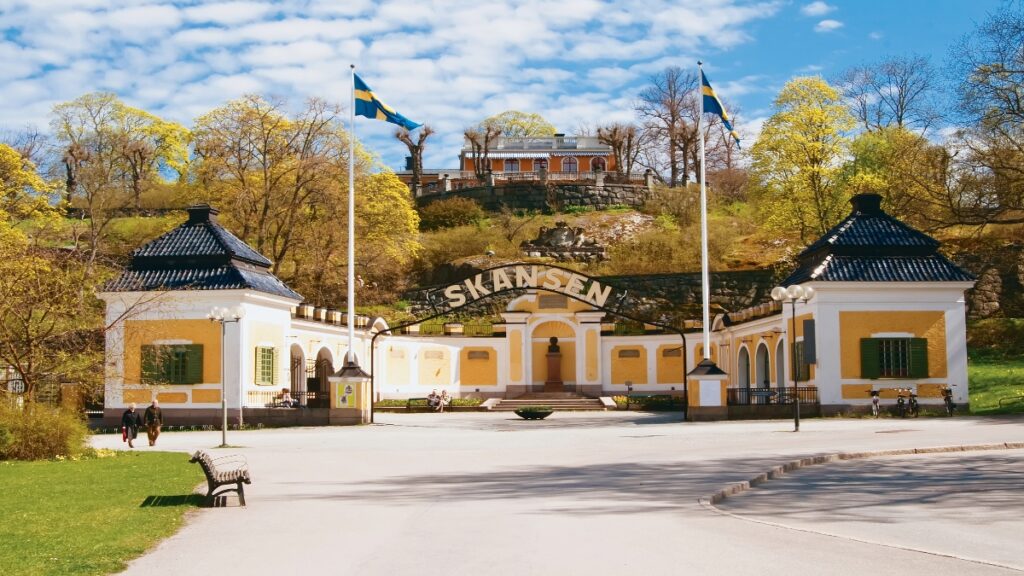
Water Worlds shape life in Blekinge, where islands dot the Baltic coast. This Swedish region shares a profound connection to the sea, which permeates its culture and traditions. The rhythms of daily existence are influenced by the surrounding waters. The people guard their pristine shores and marine habitats with diligence. Recognizing the vital importance of preserving the delicate balance between human activities and the coastal environment.
Local activity: Join guided kayak tours through Blekinge’s archipelago.

Traditional Cuisine: Denmark vs Sweden Food Scene
Nordic Kitchens keep old recipes alive in Stockholm, where traditional spices meet modern skills. Though Denmark vs Sweden creates different takes on comfort food, each land guards its special dishes with pride. Most important, these kitchens tell stories through every meal they serve.
Nordic Food Traditions
Top tip: Try Stockholm’s Östermalm Food Hall for local specialties.
Ancient Recipes shape meals in Copenhagen, where smokehouses still cure fish the old way. While Denmark vs Sweden shows two paths to food culture, certainly each region adds its own flavors. In addition, modern chefs bring fresh life to classic dishes.

Denmark vs Sweden Gastronomy Guide
Place of interest: Visit Copenhagen’s historic Torvehallerne food market.
Market Culture thrives in Malmö, where food halls buzz with the scent of fresh bread and spices. Therefore local vendors share cooking tips passed down through generations. At the same time, each stall offers tastes of Nordic tradition.
Local attraction: Experience Malmö’s Möllevångstorget market days.
Coastal Flavors define dining in Gothenburg, where fish markets display the morning’s catch. Such as Denmark vs Sweden brings ocean bounty to daily tables. For example, each port town adds its own touch to seafood dishes.
Local activity: Join the early morning fish auction at Gothenburg’s Fish Church.

Budget Planning: Nordic Travel Costs Guide
Travel Planning starts with knowing costs in Copenhagen, where city prices match its world-class status. Though both Scandinavian neighbors share high Nordic costs, each place offers different ways to save. Most important, careful planning helps make the most of your money.
Nordic Travel Expenses
Top tip: Buy the Copenhagen Card for free transport and museum entry.
City Costs vary between Stockholm and smaller towns, where local prices drop away from tourist areas. While these northern countries show two sides of travel spending, certainly each region offers budget choices. In addition, seasonal timing affects your costs.
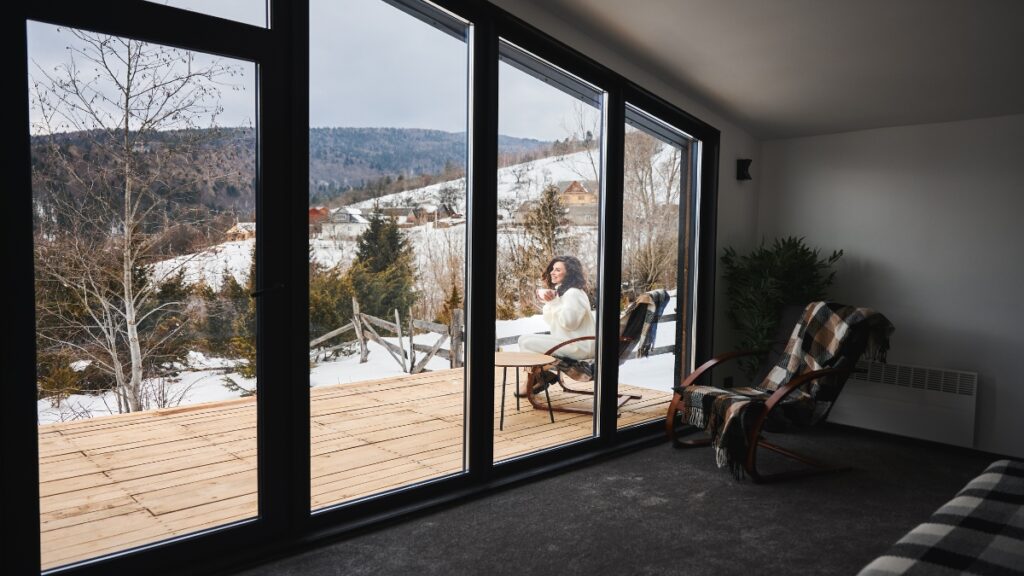
Denmark vs Sweden Budget Comparison
Place of interest: Visit Uppsala for lower accommodation rates.
Daily Expenses change across Malmö, where food and transport cost less than capital cities. Therefore smart travelers find ways to stretch their money further. At the same time, each town provides its own budget opportunities.
Local attraction: Explore Malmö’s free city parks and beaches.
Value Options exist in Aarhus, where student areas offer cheaper meals and drinks. Such as both Nordic countries give different paths to saving money. For example, both lands reward careful planning with better deals.
Local activity: Join free walking tours in major Nordic cities.
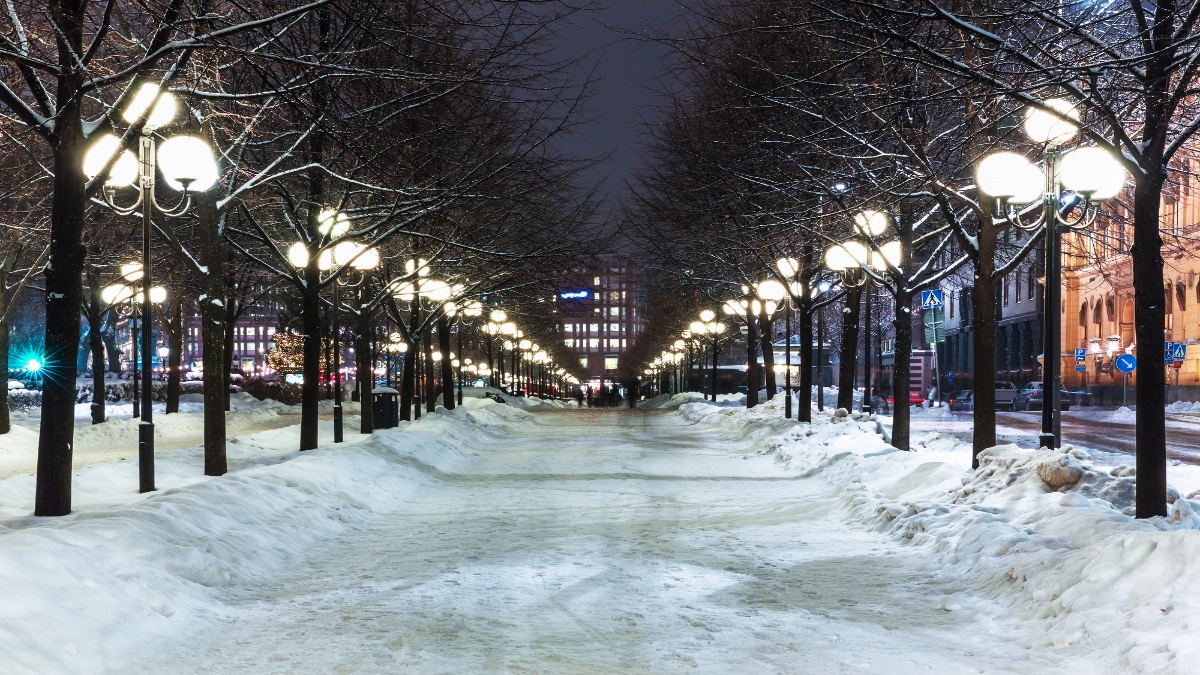
Denmark vs Sweden: Complete Nordic Travel Guide
Travel Choices begin with the heart of Copenhagen, where old meets new in perfect balance. Though both Scandinavian neighbors welcome guests in different ways, each land keeps its own special charm. Most important, your own style should guide which Nordic path you take.
Planning Nordic Adventures
Top tip: Visit Copenhagen between May and September for best weather.
Urban Stories unfold in Stockholm, where islands create a city on water. While both neighboring countries show two ways to explore city life, certainly each capital offers unique views. In addition, both lands welcome visitors with open arms.
Nordic Travel Experience
Place of interest: Take a canal tour in Copenhagen’s harbor.
Journey Planning works differently in Malmö, where short trips cross between countries. Therefore smart travelers match their time to each place they visit. At the same time, each region needs its own special plan.
Local attraction: Cross the Öresund Bridge between nations.
Seasonal Magic changes life in Aarhus, where festivals light up different times of year. Such as each country brings special joys each season. For example, both summer and winter hold their own charm.
Local activity: Join the Viking markets in summer months.
Keep Reading for More Inspiration!
Resources for Discovering: Denmark vs Sweden
Finding Travel Insurance: Comprehensive protection shields visitors against unexpected medical costs and travel disruptions while abroad. In fact, EKTA Insurance specializes in customized coverage options with 24-hour emergency assistance for international travellers.
Booking Perfect Accommodation: Authentic lodging transforms ordinary trips into immersive cultural experiences beyond typical tourist encounters. As a result, Booking.com features everything from family-run guesthouses to luxury hotels with detailed neighborhood information.
Car Hire Services: Freedom to explore hidden gems and scenic routes comes through personal transportation without fixed schedules or limitations. Therefore, Rentalcars.com offers vehicles across multiple price points with transparent policies and no hidden fees.
Travel Booking Solutions: Seamless connection planning eliminates common travel headaches when coordinating multiple transportation segments across regions. Indeed, Omio simplifies complex journeys through its comprehensive booking system with real-time schedule updates.

